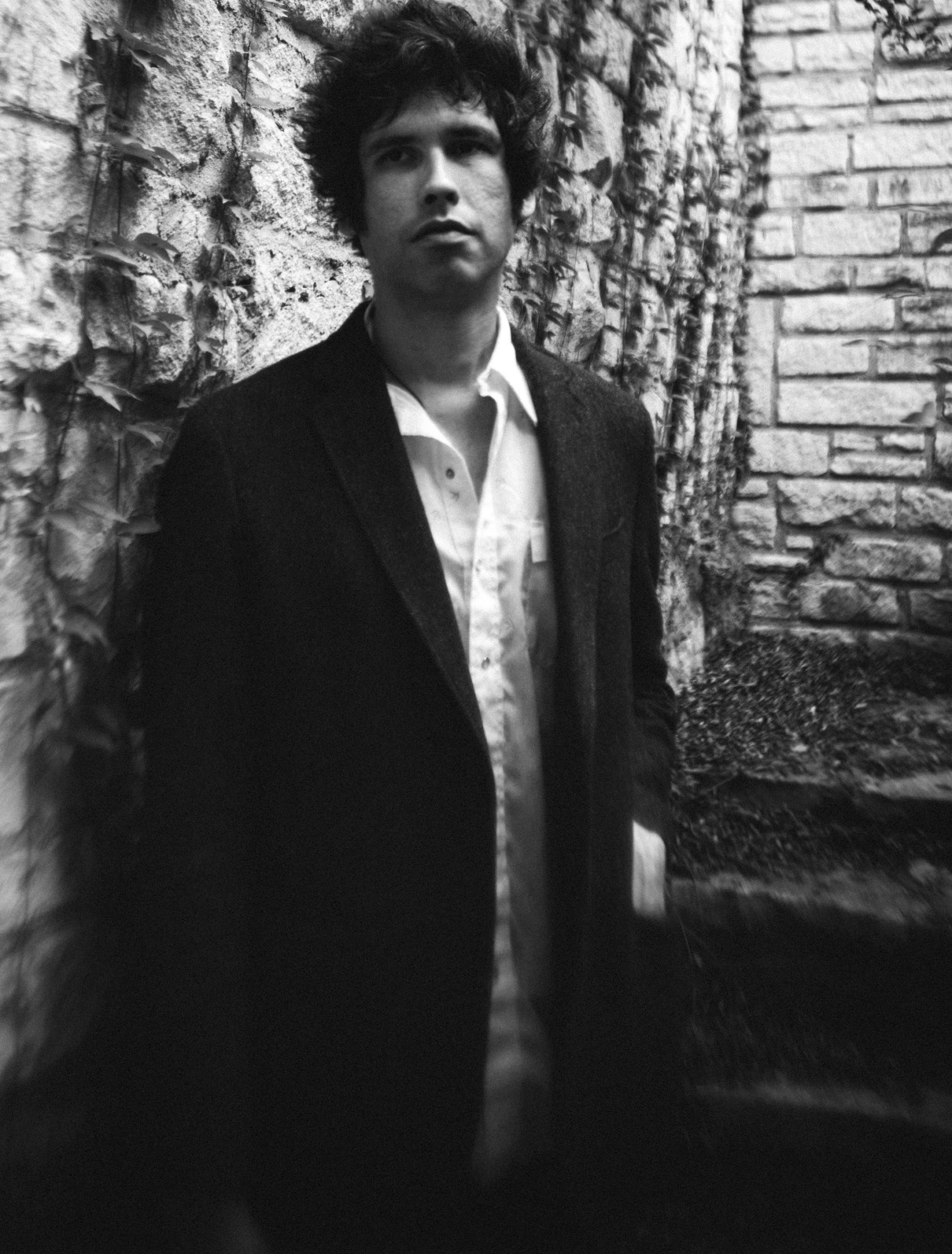By SUHAIL MATAR
Translated by AMIKA FENDI
“Let’s see if he’s working now. Yes, there he is.”
Ayed heard these sentences inside the shawarma shop where he worked on Calle Elvira. As he turned around, he recalled what had been uttered just previously, in the middle of the evening rush: “Assalamu alikun, Ayed!”
“Wa ‘alaykum as-Salam. How are you, Tony?” he answered in Arabic.
Antonio, Ayed’s friend, was an amicable young man who joked quite a lot in a manner that erred on the sexual side. He also was learning Fuṣḥa at one of the many language centers in Granada. Ayed liked him for his good nature and because he was Ayed’s umbilical cord to the happenings in Granada’s nightlife. Often Tony came accompanied by one girl, or several—for the most part, tourists—to say hi to Ayed at his workplace. He would then ask him, before throwing him a knowing wink, to join them after his shift. So, Ayed was puzzled when he saw that Antonio’s escort was a lanky, short guy. The guy’s face was smeared with an obvious awkwardness, camouflaged under a half smile. The young man greeted Ayed with a nod and said, “How’re you doing?”















